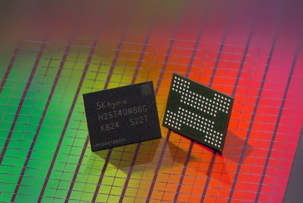Intel XeSS 3 and the Many Frame Leap
13:41, 10.10.2025
Intel introduced XeSS 3 at Intel Tech Tour. The star is MFG, or Multi Frame Generation. You render two real frames. XeSS MFG reads motion vectors and depth buffers with its optical flow network. It creates several in between frames. Frame pacing keeps them in step with the display. You get smoother camera pans and a frame rate you can feel. The idea matches the spirit of Nvidia DLSS, yet Intel makes frame generation a core pillar of the stack.
Hardware Coverage and Real Game Results
XeSS 3 supports Arc GPUs with XMX units, the Arc A family, Core Ultra 200 with Xe2 graphics, and the next Arc B with Xe3. Intel also plans support for older Xe1 parts. That move brings many frame generation to more than one hardware era. Intel showed demos in Dying Light The Beast and Painkiller. The company reported gains from 30 to 60 FPS up to 130 to 240 FPS with MFG. You will notice that jump.
Practical Controls and Release Outlook
You decide how aggressive to go. Frame Generation Override lets you pick 2x, 3x, or 4x, or you can leave the choice to the driver. Shared GPU and NPU Memory Override lets you allocate system memory for iGPU and NPU work, much like AMD shared memory. Microsoft Advanced Shader Delivery adds cloud loaded shader binaries to cut first run waits. Intelligent Bias Control v3 sharpens scheduling and power flow on the coming Panther Lake chips. Intel has not given a date. The plan points to a debut with Panther Lake and Xe3 in 2026.


